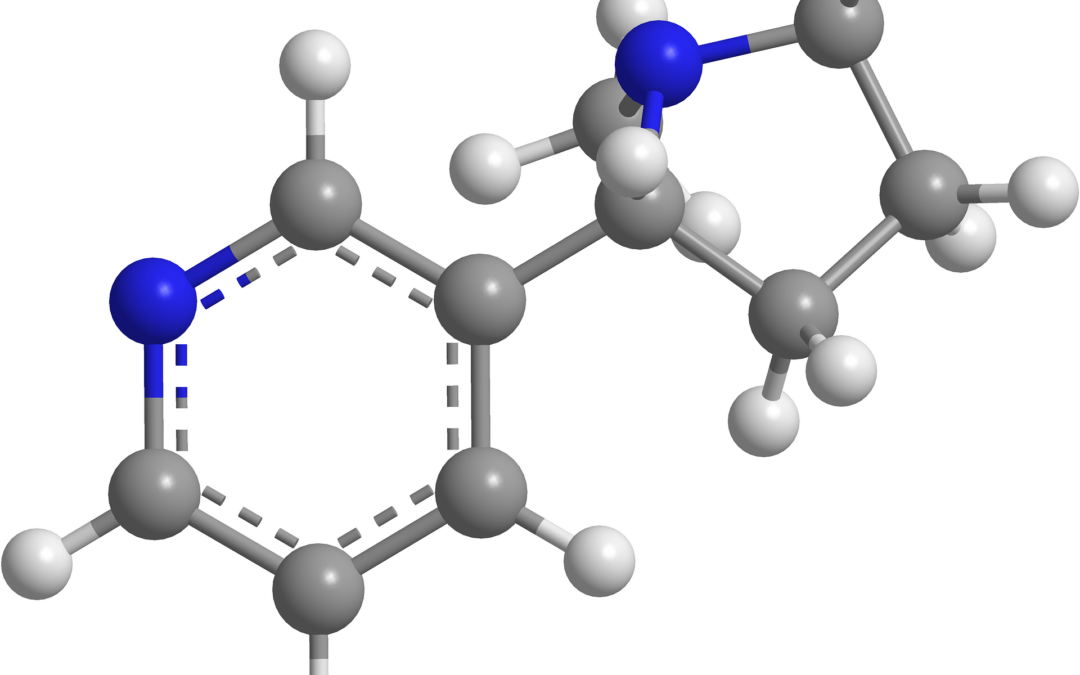Also known as noradrenaline, norepinephrine is a hormone and a neurotransmitter that plays a vital role in the body’s fight-or-flight response. It can be used as a medication to maintain or increase blood pressure in certain short-term health situations.
This substance, which mainly comes from the nerve fibers’ ends, increases the heart’s and skeletal muscle’s contractions. It also helps prepare the body for an acute attack by releasing chemicals that trigger the body’s defensive response.
The body and brain can be activated by norepinephrine, which is mainly released during sleep and rises during wakefulness. It can also reach high levels in stressful situations. In the brain it increases alertness and arousal, and it focuses on memory.
In the body, norepinephrine can trigger the release of glucose and increase blood pressure. It can also reduce the flow of blood to the gastrointestinal tract and prevent the loss of fluids.
This substance is structurally classified as a catecholamine. It has a catechol group that’s bound to an amine-containing group. When a methyl group is added to the amine group, it triggers the production of epinephrine, which is one of the main mediators of the body’s fight-or-flight response.
Compared to epinephrine, which is mainly stored in the adrenal glands, small amounts of norepinephrine are produced and stored in the tissue of the adrenal gland. Its main site of release and storage is the sympathetic nervous system’s neurons. Since it’s a neurotransmitter, it functions as a hormone when it’s released from the adrenal glands.
What triggers norepinephrine release?
When stress is triggered, the body releases norepinephrine from the adrenal glands, which is known as a hormone. This reaction causes various changes in the body, and it’s referred to as the fight or flight response.
What happens when norepinephrine is high?
High levels of norepinephrine can promote organ stress, high blood pressure, and anxiety. It can also cause headaches, high blood sugar, and disturbed sleep. Individuals suffering from chronic kidney disease or PTSD may have high levels of norepinephrine.
What happens if norepinephrine is too low?
When norepinephrine levels are high, it can cause various conditions such as hyperactivity and anxiety. On the other hand, when they’re low, it can cause inattention and lethargy.
What is the main function of norepinephrine?
Both a hormone and a neurotransmitter, noradrenaline plays a vital role in the body’s fight or flight response. As a medication for short-term health conditions, it can raise blood pressure.
What foods increase norepinephrine?
Quercetin, a phytochemical found only in plant foods, is a type of MAO inhibitor that can increase the levels of norepinephrine, serotonin, and dopamine in the brain. Some of the food items that contain high levels of this substance include berries, apples, green tea, grapes, and kale.
What vitamins produce norepinephrine?
The amino acids methionine, lysine, and phenylalanine help to produce norepinephrine. Some other important cofactors include vitamins C, B6, magnesium, and manganese.
Does exercise raise norepinephrine?
Like medications, exercise can increase the levels of certain neurotransmitters in the brain, such as norepinephrine, dopamine, and serotonin. It helps regulate these levels and makes us feel better mentally.


Recent Comments